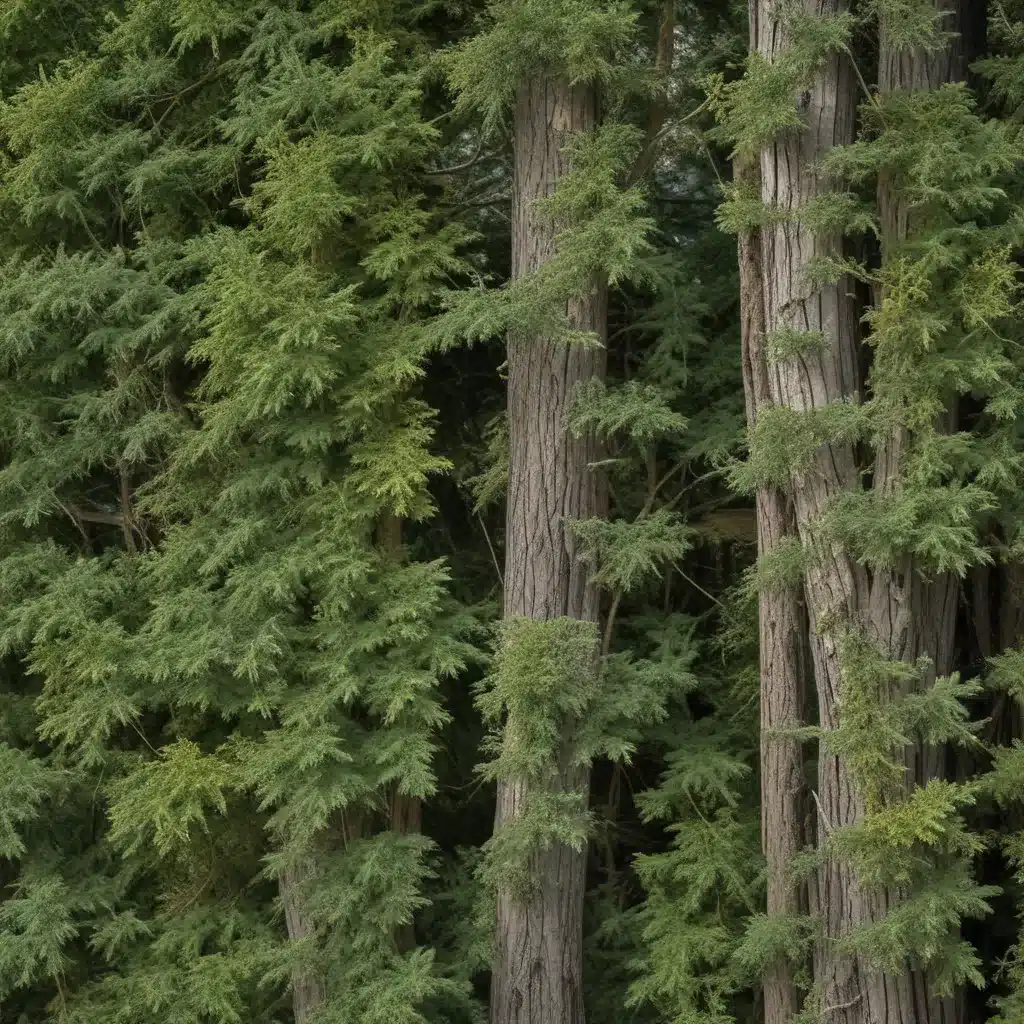
The ash tree family, botanically known as Fraxinus, represents a diverse array of species found throughout the Northern Hemisphere. While many ash varieties are deciduous, shedding their leaves in autumn, a select few remain evergreen, retaining their foliage year-round. These evergreen ash trees possess a unique charm and offer distinct advantages in landscaping and ecological applications.
Characteristics of the Ash Tree
Ash trees are renowned for their tall, stately trunks and graceful, symmetrical branching patterns. The leaves, which can be simple or compound, typically feature an elliptical shape with serrated edges. Ash wood is prized for its strength, flexibility, and resistance to splitting, making it a popular choice for a variety of applications, from furniture and flooring to tool handles and sporting equipment.
Ecological Significance of Ash Trees
Ash trees play a crucial role in the ecosystems they inhabit. Their lush foliage provides valuable habitat and food sources for a wide range of wildlife, including birds, insects, and small mammals. The trees’ deep root systems help stabilize soil, preventing erosion and promoting healthy watersheds. Additionally, ash trees are known for their ability to absorb and store significant amounts of atmospheric carbon, making them an essential component in the fight against climate change.
Diversity of Ash Tree Species
The ash tree family encompasses approximately 45 to 65 species, with representatives found across Europe, Asia, and North America. Some of the most well-known ash species include the white ash (Fraxinus americana), the green ash (Fraxinus pennsylvanica), and the blue ash (Fraxinus quadrangulata). While the majority of these trees are deciduous, a small subset, such as the evergreen ash (Fraxinus uhdei) and the Mexican evergreen ash (Fraxinus berlandieriana), maintain their foliage throughout the year.
Evergreen Ash Varieties
Characteristics of Evergreen Ash
Evergreen ash trees are characterized by their lustrous, deep green leaves that persist even during the winter months. Unlike their deciduous counterparts, which shed their foliage in the fall, evergreen ash trees provide year-round visual interest and ecological benefits. Their dense canopies offer shade and shelter, while their roots help stabilize soil and prevent erosion.
Aesthetic Appeal of Evergreen Ash
The evergreen nature of these ash trees makes them highly desirable in landscape design. Their lush, verdant appearance provides a sense of permanence and stability, contrasting beautifully with the changing seasons. Evergreen ash trees can be used as specimen plantings, hedgerows, or as part of larger mixed-species landscapes, adding a touch of elegance and year-round vibrancy.
Cultivation and Care of Evergreen Ash
Evergreen ash trees generally thrive in USDA Hardiness Zones 8-10, preferring well-drained, slightly acidic soil and full to partial sun exposure. Proper pruning and regular maintenance are essential to maintain their shapely form and promote healthy growth. These trees are relatively low-maintenance, requiring occasional watering during extended dry periods and periodic fertilization to ensure continued vigor.
Unique Attributes of the Ash Tree
Structural Properties of Ash Wood
Ash wood is prized for its exceptional strength, flexibility, and resistance to splitting, making it a versatile material for a wide range of applications. The wood’s distinctive grain pattern and light color have also contributed to its popularity in the production of fine furniture, cabinetry, and musical instruments.
Ash Tree in Landscape Design
Ash trees, both deciduous and evergreen varieties, are highly valued in landscape design for their ornamental qualities and functional benefits. Their stately forms, elegant branching patterns, and diverse foliage colors make them a popular choice for parks, gardens, and urban streetscapes. Evergreen ash trees, in particular, are often used to provide year-round screening, windbreaks, and visual interest in landscape settings.
Cultural and Historical Significance of Ash
Ash trees have long held cultural and historical significance across many civilizations. In Norse mythology, the world tree Yggdrasil, which connects the nine realms of the universe, is often depicted as an ash tree. The wood of the ash tree has also been used in the construction of weapons, tools, and even the hulls of Viking ships, reflecting its strength and durability. Today, the ash tree remains an important symbol in many cultures, representing qualities such as resilience, flexibility, and new beginnings.
Preservation and Conservation Efforts
Threats to Ash Tree Populations
In recent decades, ash tree populations have faced significant threats, including the invasive emerald ash borer (Agrilus planipennis), a wood-boring beetle that has devastated ash trees across North America. Additionally, factors such as urbanization, disease, and climate change have contributed to the declining numbers of ash trees in many regions.
Ash Tree Restoration Initiatives
In response to these threats, various conservation and restoration efforts have emerged to protect and maintain ash tree populations. These initiatives involve planting disease-resistant ash cultivars, implementing integrated pest management strategies, and promoting the preservation of mature ash trees in both urban and rural settings. TriCounty Tree Care is proud to support these critical efforts through our commitment to responsible and sustainable tree care practices.
Sustainable Ash Tree Management
As a leading provider of tree care services, TriCounty Tree Care recognizes the importance of adopting a comprehensive and sustainable approach to ash tree management. This includes careful monitoring for pests and diseases, strategic pruning and maintenance, and the thoughtful selection of ash species and cultivars for new plantings. By working closely with our clients and community partners, we strive to ensure the long-term health and vitality of ash tree populations, preserving their ecological, cultural, and aesthetic contributions for generations to come.


